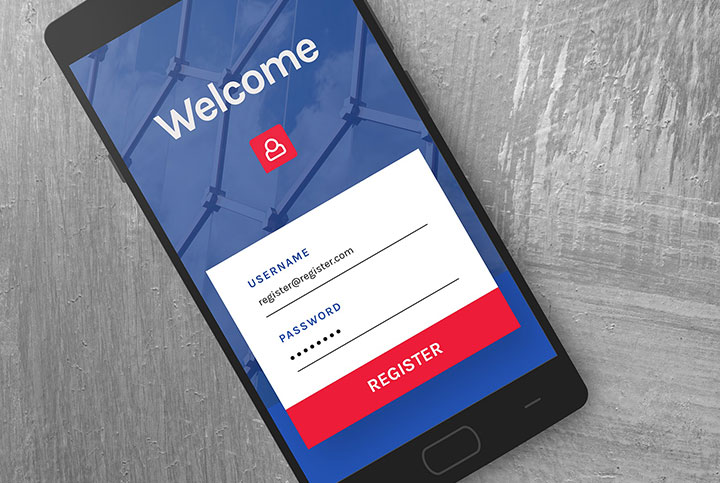How to create a great buying experience
I have been told I have a tendency to get carried away, so I’m going to do you a favor right now, and give you our three-step secret recipe without any extra fuss.
So, this is how you create a great buying experience.
Are you ready? Here goes:
Keep it simple.
Keep it relevant.
Keep in touch.
That’s it. You’re welcome. Good day to you, dear sir/madam.
Now, for those of you who are sticking around to read the rest of this article, I’m going to let you in on a little secret…
Those three phrases? They’re easy to toss out there, but they don’t tell the whole story. In fact, I sometimes think the phrase “the devil is in the details” was first used by someone trying to create a great buying experience.
Let me explain:
Keep it simple.
We live in a wondrous time, don’t we?
I mean, life has never been this easy! Everything you need is just a click away, there’s less paperwork all around, and system processes are better tuned and more involved than ever before.
However, because things have gotten too easy, we, as business folk, end up pushing too much. We try to bombard prospects with everything we have as quickly as we can, in order to make the most of the two minutes they spend on the website. This usually backfires on us and is more likely to push prospects away.
Instead, focus on reducing any unnecessary extra steps. Aim to make your website centered around a single Call To Action, and ensure that the customer gets just enough information to make the decision quickly. We’ve found that creating a user-experience flow that gets them from home-page to sign-up in under 5 minutes has really helped us boost our numbers.

Keep it relevant.
We, as a frustratingly accurate stereotype, are greedy. That’s just how we’re built because the worst thing a salesperson can do is leave money on the table. That eagerness, though, needs to be reined in, in order to create a better experience for your buyers.
Now that most things are simple, and everything is done digitally, we ask more questions and expect the customer to fill out more forms. With the average attention span of adults dropping rapidly (according to a study in 2015, we now have a shorter attention span than a… oh, look! A bird!), each extra form-field is just an added point of friction.
And you don’t want that.
The ideal way to deal with this is asking only for the essential data (do you really need to know how many employees are in his company?), and focusing on making sign-ups and onboarding as quick and easy as possible. You can fill in the information-blanks at a later date, over the course of your relationship.
Our experience has taught us that the most efficient form has a maximum of 5 fields. What has been super-effective for us has been a form that asks for just the basics:
1. Name
2. Company
3. Email
4. Password (if they’re going to be creating an account)
Figure out what is the simplest form you need filling, and you’ll be sure to see a boost in your conversion rates.
Keep in touch.
While the first two points focused more on the pre-buying stage, this last one is focused on arguably the most important stage: customer support.
You want to communicate and ensure that your customer is supported throughout their entire experience with your solution. This means staying in constant touch with them and letting them know that you are always accessible to them.
The important thing to note is that the term “support” here is not just related to your product or service. In fact, that’s just a small part of it; the main focus is ensuring that your client is successful in hitting their targets! Having promised them a solution, it is your responsibility to ensure that they succeed.
The way that we do this is, we try to have a sit-down with our clients after they sign up, and define exactly what their KPIs are. We then go back, and add those KPIs to our own list, and try to figure out how we could go about helping them achieve those. To be a truly effective process, though, this needs to be part of your work culture, and your team needs to appreciate the importance of helping your clients succeed.
Remember: nothing speaks more highly of your solution than verifiable data from your clients. If you have conclusive Before and After numbers, that’s a huge step towards getting new prospects to buy in.

And that’s it!
As you would have guessed from the reading, to create an optimum buying experience, you will probably need your customer service, sales and marketing teams to be aligned and working with the same goals in focus. Once they’re all on board, making these changes shouldn’t be too difficult, and soon, you’ll have results that speak for themselves (as we do today).
